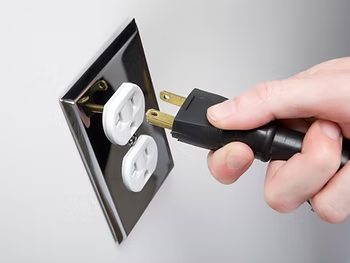School Bus Safety
- Smart Choices
- Aug 19, 2022
- 3 min read

With the beginning of the school year, safely transporting students to and from school is critical. While in some towns and cities students can walk to school, many more are transported by school bus.
According to the Iowa DOT (Department of Transportation), the greatest risk is not riding the bus to school but approaching or leaving the bus. The greatest danger zone is the 10 feet in front, behind and on each side of the school bus. That is because many vehicle drivers don’t stop for school buses as required by law. It’s also possible that bus drivers may be unable to see a student behind, in front of or to the side of the bus.
Safety reminders for students Students must be aware of the dangers they face when close to a bus. To remain safe be sure your children understand and follow these rules from the Iowa Department of Education:
Stop and look both ways before crossing a street.
Make sure the bus driver can see you when you are crossing in front of the bus. If you can't see the driver, the driver cannot see you.
Never cross behind the bus.
When getting on or off the bus, never cross the street until the bus driver signals it’s OK to cross.
If you drop something near the bus, do not pick it up. Instead, tell the bus driver what you dropped, and let the driver instruct you on what to do.
In addition, even though riding on the bus is not as dangerous as entering and exiting, students need to be careful while riding. Since shoulder harness seat belts are now required in Iowa in new school buses (the law passed in 2020; Iowa was the fifth in the nation to pass this law) remind your child to wear the seat belt and remain in their seat during the ride. According to School Transportation News, some schools are phasing in seatbelts as they replace buses, rather than retrofitting older models so it’s possible your district’s buses may not all have seat harnesses.
Safety reminders for vehicle drivers According to a report on KCCI TV, which covers central Iowa, the Iowa State Patrol has seen more and more drivers ignore school buses. While many instances are not reported, there were 106 citations in 2020. The Iowa Department of Education provides these details for what drivers must legally do when following or approaching a school bus:
When the bus’s yellow flashers turn on, that signifies that it is preparing to have a child get on or off the bus. All vehicles behind the bus must come to a complete stop.
If you are approaching a bus from the opposite direction, slow your speed to 20 mph when the bus turns on its yellow flashers.
On a two-lane road, traffic in both directions must come to a full stop when the lights are flashing red.
On a four-lane road, traffic moving in the opposite direction must slow down and proceed with caution when either red or yellow flashers are present.
Stop your vehicle at least 15 feet from the bus.
Remain stopped until the flashing lights are turned off and the stop arm is pulled back in.
According to the KCCI report, the fines for passing a stopped school bus started at $345 in 2021.
Drivers should be aware that school bus drivers have cameras. If drivers see an offending driver, they can read the license plate number for the camera to record. This allows law enforcement to charge the offending vehicle driver.




Comments